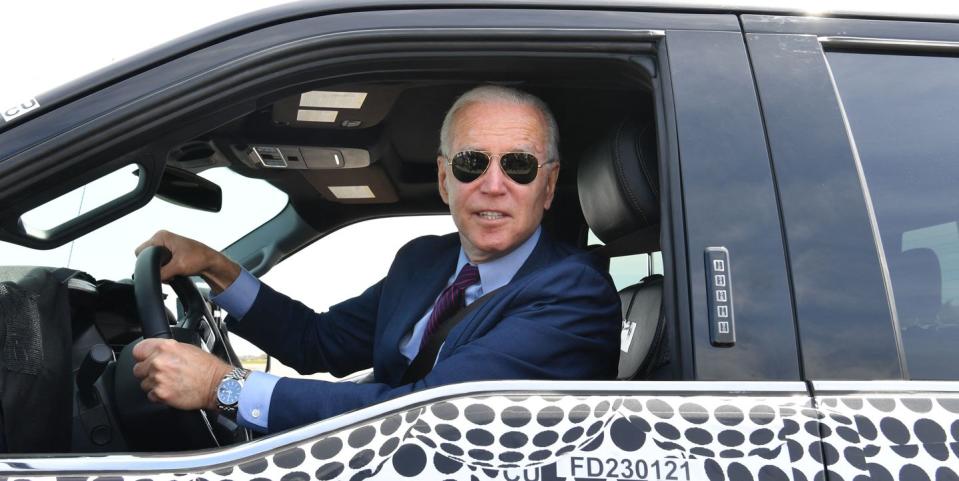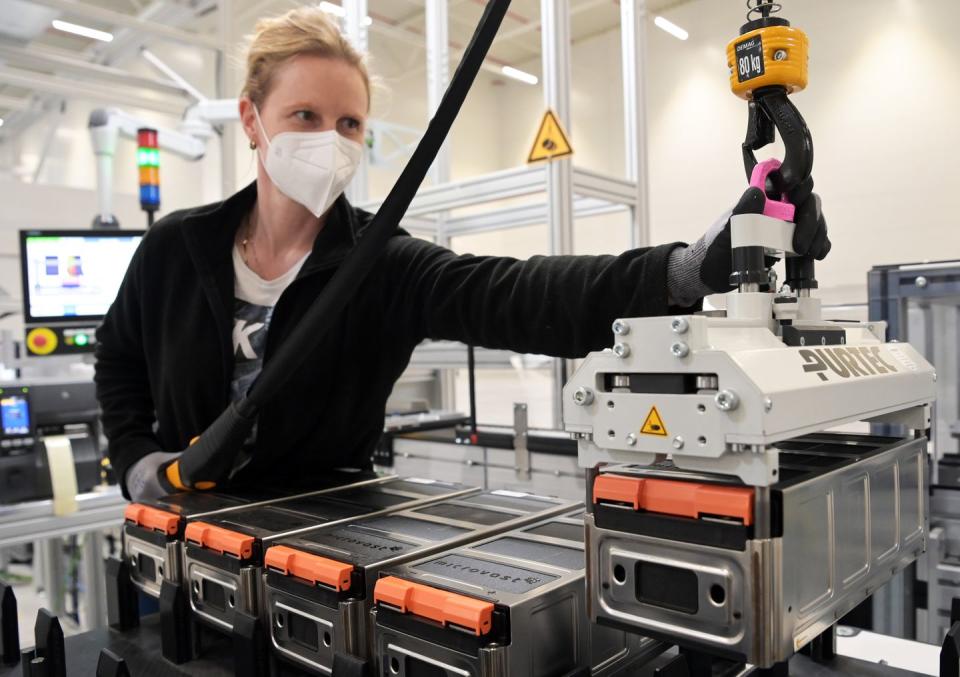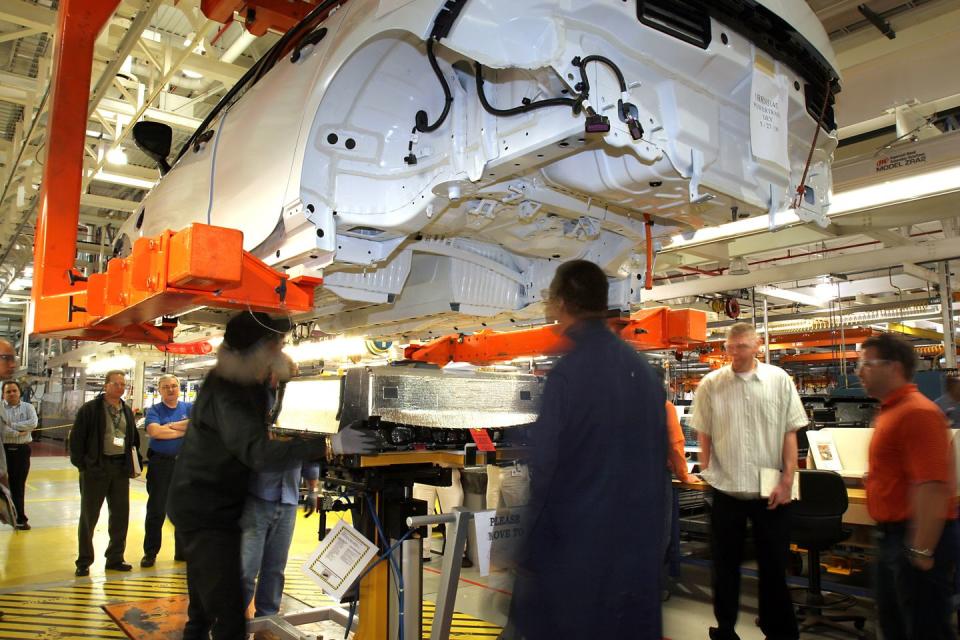Biden Administration Invests $102 Million in Louisiana EV Processing Plant

The Biden Administration continues pushing for EV development, closing billions in supply-chain development loans.
The Department of Energy has issued a $102.1 million ATVM loan to Syrah Technology, which will construct a graphite-based active anode material processing plant in Vidalia, Louisiana.
Following an energy deal made in the Senate, Congress will soon vote on adding new and used EV tax credits, $20 billion in manufacturing renewal loans, and $2 billion in cash grants to retool existing manufacturing facilities.
Electric-vehicle production is an expensive endeavor for automakers and one that is constantly evolving, as the scientific bandwidth and financial backing behind EV technology continues expanding. As the Biden Administration focuses on clean energy, with its goal of 50% of car sales being fully electric or plug-in hybrid sales by 2030, the Department of Energy has approved a $102.1 million loan in an effort to accelerate battery production and expand manufacturing facilities. Awarded to Syrah Technology LLC, the loan will be used to construct a graphite-based active anode material (AAM) processing facility in Vidalia, Louisiana, a plant designed to produce enough raw material to power 2.5 million EVs by 2040.
"This is the first deployment in the US approaching the scale we need to meet the president's goal for half of all US auto sales to be electric or plug-in hybrid vehicles by 2030," said Jigar Shah, director of the Loan Programs Office at the US DOE. On top of the vehicle sales goals, President Biden has set out the goal of decarbonizing the electric sector by 2035 and the entire US economy by 2050.

Whether or not 2.5 million EVs are produced, the injection of more AAM into the EV battery space is an essential move to keep EV supply chains in motion. Lithium-ion batteries rely on graphite as the primary material for one of the two electrodes in its anode composition. Graphite is a popular material for battery construction because of its abundance, low cost, and long cycle life. Even so, representatives from the DOE and Syrah Technology acknowledged there is potential for the relevance of graphite to shift in the realm of EVs.
Beyond the potential for increased EV production, this loan signals a big shift in the American EV marketplace. Syrah Technology was able to apply for this loan through an expanded Department of Energy program called the Advanced Technology Vehicles Manufacturing Loan Program, an initiative that was last used by Tesla in 2010. The Syrah Vidalia Facility represents the first large-scale AAM manufacturer outside of China.

"While this is a significant milestone for Syrah, it is also significant for the US supply chain of this material and the development of the battery manufacturing and EV sector," said Steven Wells, CFO of Syrah Resources. "Syrah's Vidalia facility represents the only vertically integrated, natural graphite active anode material facility outside China, which we have spent many years developing and which is increasingly recognized by the government, and also customers."
With $15.1 billion available at the Loan Program Office of the DOE, there is real potential for harnessing private sector innovation into federally subsidized clean energy projects. It is also the first loan of its kind focused on a supply chain manufacturing project, though it seems more could be approved soon. Shah explained that the ATVM Loan Program has recently received over $20 billion in loan applications for battery supply-chain related programs and facilities.
"This is exactly why the president has been asking for tax credits to reduce the price of electric vehicles at the dealership so that they are affordable," Secretary of Energy Jennifer Granholm said. "And part of that is de-risking the supply chain and bringing the full supply chain into the United States, in partnership with the government through programs like what the loan programs office is doing."
In an effort to bring the US electric infrastructure up to speed, Congress has recently approved$7.5 billion worth of chargers, and the DOE committed to a $2.5 billion investment in General Motors' Ultium cell production facilities in Ohio, Tennessee, and Michigan. DOE officials also said expanded authority provided to ATVM by the bipartisan infrastructure law would allow the program to go beyond light-duty vehicles to include medium- and heavy-duty vehicles. Eventually, the organization hopes to help subsidize the expansion of electric manufacturing in the aerospace and maritime industries as well.
This news comes on the heels of the EV credit expansion deal initiated by the Senate. If passed, the deal would set a $4000 tax credit for used EVs and provide an additional $20 billion in manufacturing-focused loans. Other key features of the bill include an expanded new EV tax credit and $2 billion in cash grants to transform existing ICE plants into EV-ready facilities. As the DOE reviews additional loan applications and the Senate deal makes its way through Congress, the potential for additional federally subsidized EV battery production and processing seems likely, at least until 2024.

 Yahoo Autos
Yahoo Autos 